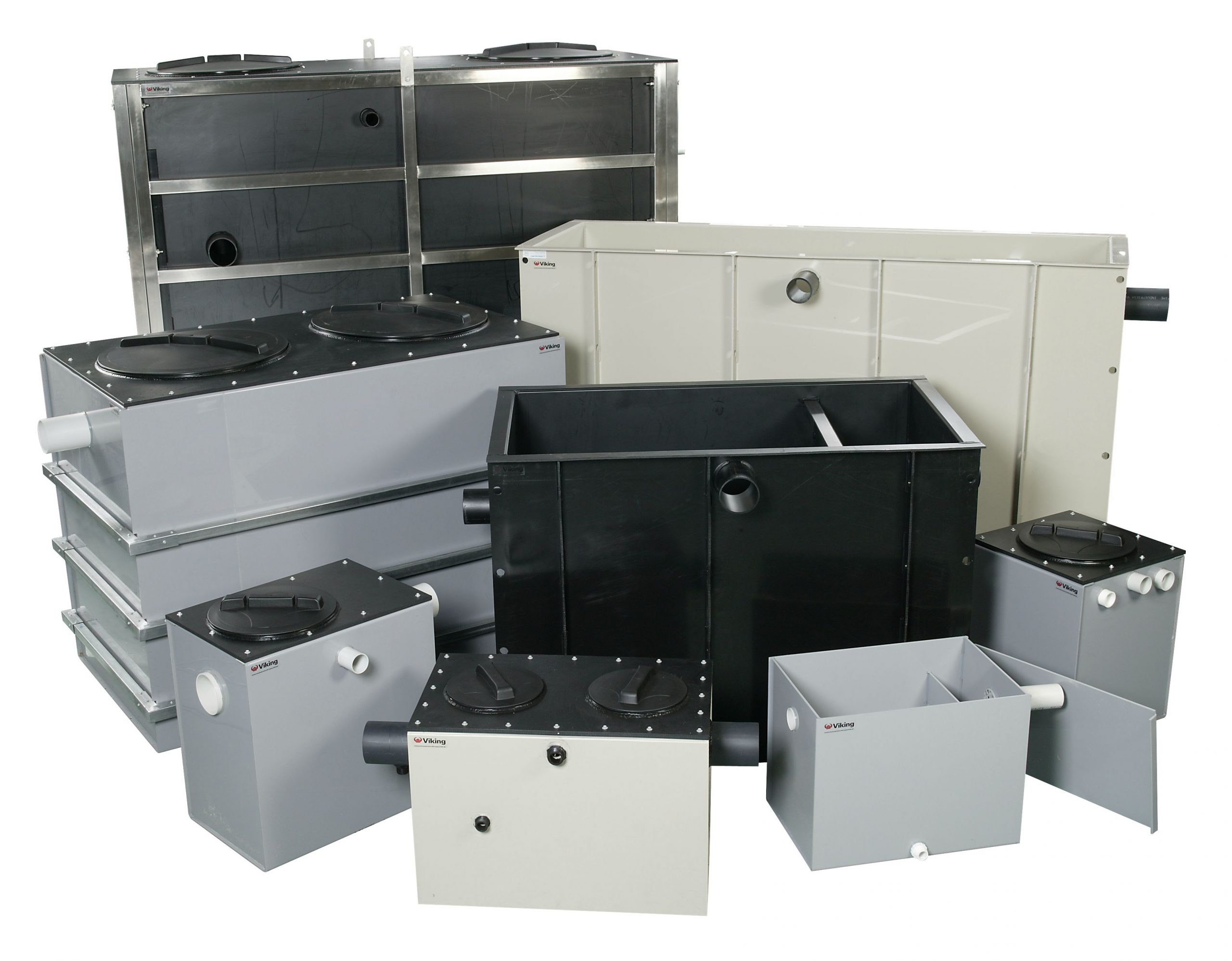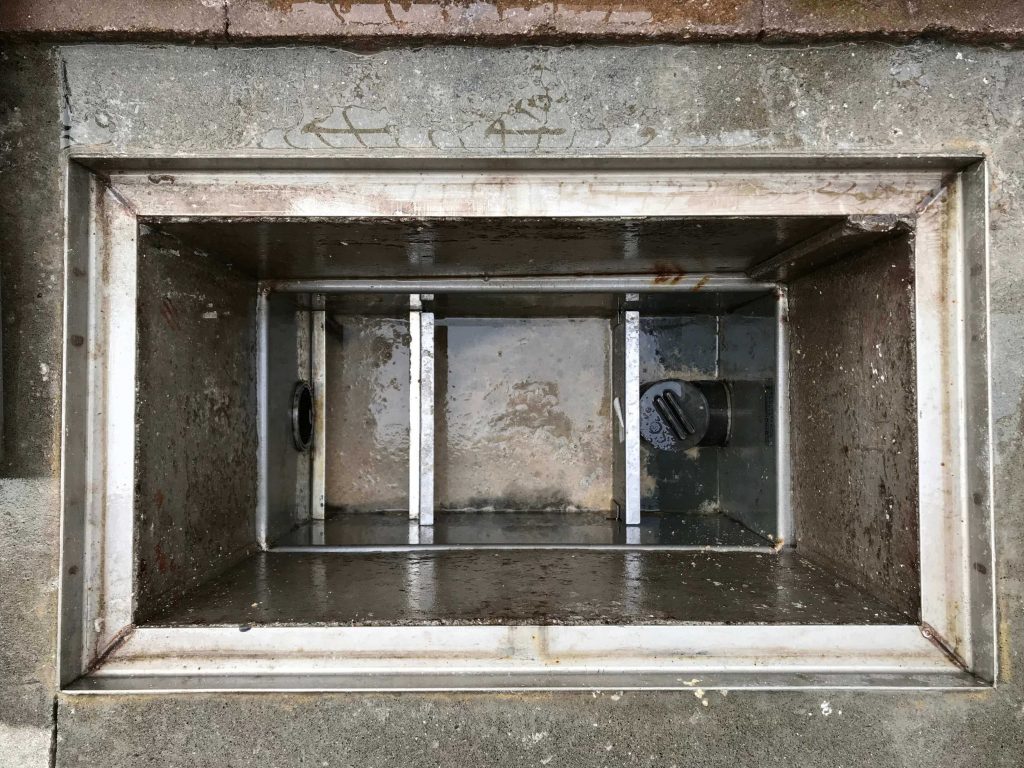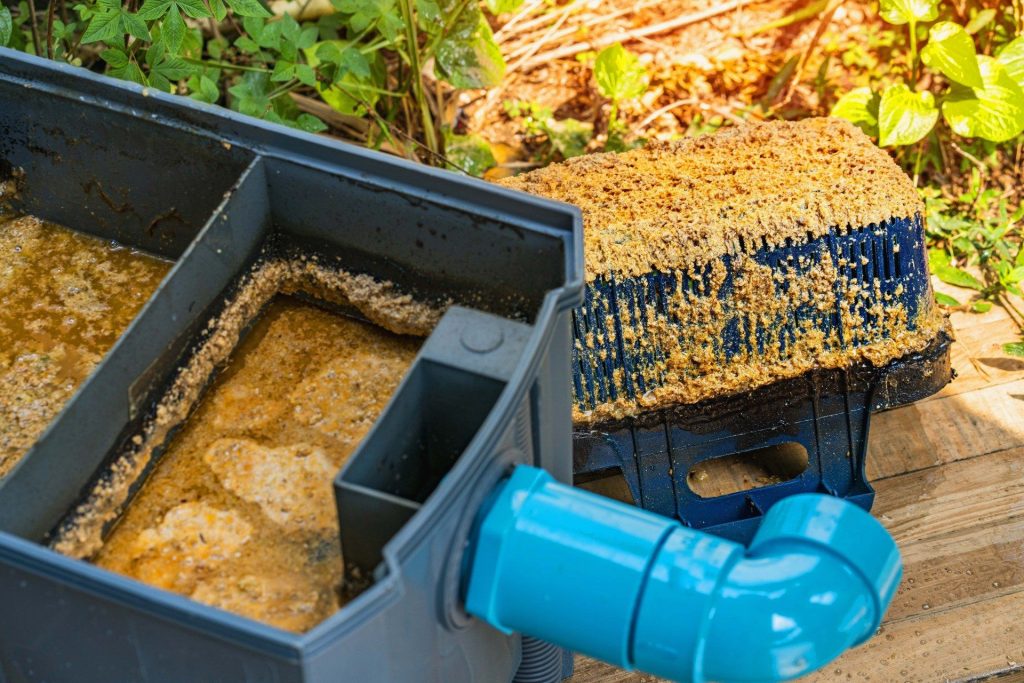In the ever-evolving field of construction and engineering, technology continues to play a pivotal role in advancing design and fabrication

Introduction
Determining the right size of grease traps for your restaurant or commercial kitchen is very important. It helps to prevent unnecessary costs, backups and overflows. Unfortunately, sizing grease traps isn’t a simple task, especially considering that all commercial kitchens aren’t the same. In addition, the sizing methods used by most plumbing codes overestimate peak flow, indicating more capacity than really necessary. On the same note, these codes usually make the assumption that most kitchen fixtures experience peak flow all the time.
So, how do you estimate the right size of grease trap design for a commercial kitchen establishment? Relax! In this guide, we’ve listed some essential factors and grease trap sizing tips that will keep your establishment’s plumbing system running smoothly.

Sizing a commercial kitchen’s grease trap!
In general, the size of commercial grease traps is estimated according to the incoming flow rate, in GPM (Gallons per Minute). The rate of incoming flow refers to the amount of water flowing down the drains.
Note, the incoming flow rate is also associated with the grease trap’s capacity. That said, you need to ensure that the rated capacity of your commercial kitchen’s grease trap is rated twice the flow rate. As an example, if the grease trap’s capacity is 40 pounds, the incoming flow rate should be 20 GPM (Gallons/ Minute).
Local Plumbing Codes
When calculating the required size of grease trap design for a restaurant, it’s important to consult the local authority codes. These codes determine the installation and design criteria. More notably, they usually follow the codes already set by the Plumbing and Drainage Institute.
In most cases, municipal codes disallow the attachment of automatic dishwashers to grease traps. As a result, the wastewater flows directly into the sanitary sewer systems. However, some codes make it obligatory to attach all drains to the grease traps.
Local plumbing codes can also be used to determine the installation and design criteria for commercial grease traps. More importantly, these codes may require a plumber/ MEP engineer to estimate the size of the trap by 2 options. That is; gravity flow rates and fixture capacity. Both options are guided by the UPC (Uniform Plumbing Code), which was established by the International Association of Plumbing & Mechanical Officials.
This technique estimates the sizing of the grease trap according to the diameter of the grease waste pipe. As per the UPC, a waster diameter pipe should have a maximum flow rate of about 20 GPM (Gallons/ minute).
So, if you select a 2-minute drainage period, you’ll need a grease trap with a flow rate of 10 gallons/ minute. At the same time, you have to consider the volume of the sink draining into the trap. Basically, for a grease trap that is rated 10 GPM, the capacity should not exceed 25 gallons.
The fixture capacity approach is most used when you know the dimension of fixtures in your establishment. But if the fixture dimension isn’t known, the best option would be to use the gravity flow rate method.
As already mentioned, grease traps are usually rated according to their flow rate. Therefore, you can estimate its size by determining the volume of fixtures draining into the trap.
To calculate the flow rate, you need to determine the capacity of your fixtures draining into the trap first. So, measure the width, depth, and length of the fixture in inches, then multiply all values to get its volume. Convert this figure into gallons, bearing in mind that 1 gallon= 231 cubic inches.
Determine the loading (fill factor) and. The loading factor refers to the full capacity of the fixture that drains into the grease trap. For instance, if the sink usually fills to 75% of its total capacity, the loading factor is 0.75. Multiply the loading factor and the fixture capacity.
Determine how long the fixtures/ sinks take to completely drain the wastewater into the grease trap design for the restaurant. This is known as the minute drainage period and is usually 1 – 2 minutes. Divide the figure you got in the previous step by 1 or 2 minutes. This will give you the flow rate, which is gallons/ minute.

Factors that determine the grease trap size
Generally speaking, the overall grease tarp size is determined by the amount of water flowing down the drains (Incoming flow rate). However, there are other factors that will determine the ideal size for your food service establishment’s grease trap. Some of these factors are;
Conclusion
Having the right grease trap size for your food establishment is essential. Hopefully, this article has successfully taught you everything you need to know about this topic. If not, contact Innodez Design and Engineering for more information. Our goal is to help you bring out the best in your restaurant or commercial kitchen in California!
About Author
InnoDez